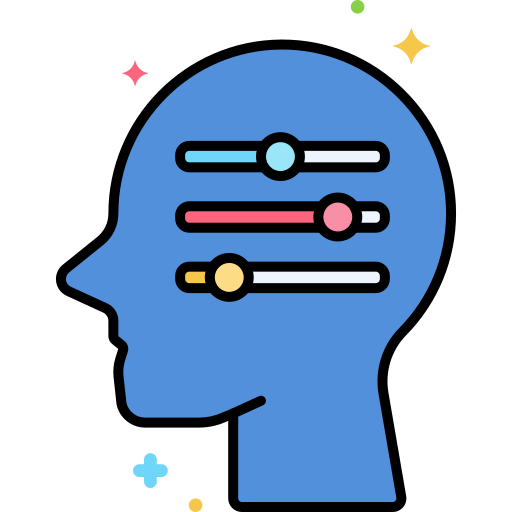I recently ran into the three Bs framework by listening to Kristen Berman’s interview in Lenny’s podcast.
The three B’s framework attempts to distill human psychology to help us design better products, change behavior and drive engagement.
The three B’s framework stands for “behavior, barriers, benefits. “
Identifying key behaviors
Typically you will see companies focusing on outcomes.
For example, “we want to increase engagement” or “increase the number of signups by 50 percent.”
Instead, we want to get uncomfortably specific about the behavior we want to change.
We want to say things like, “when a user opens our app, we want them to do X within Y seconds.”
This may seem like a small change, but it’s a massive shift in mindset.
Instead of thinking about outcomes, we’re thinking about the actual behavior we want to see.
And this shift in thinking is crucial.
Reducing barriers
The second part of the three B’s framework is about reducing barriers to the desired behavior.
To make it easy for people to do what you want them to do, you need to remove any obstacles.
For example, if you want people to sign up for your newsletter, you must ensure the signup process is as easy and frictionless as possible.
If you want people to use your new feature, you need to make sure it’s visible and easy to find.
Reducing barriers doesn’t necessarily mean making things more accessible.
It just means ensuring the path to the desired behavior is as straightforward as possible.
Creating benefits
The third part of the three B’s framework is creating benefits for the desired behavior.
there are two characteristics key to making benefits work after a user takes an action
the benefit has to be immediate, and it has to be emotional.
To get people to do what you want them to do, you need to ensure there’s something in it for them.
This could be a physical reward, like a discount or free shipping, or an emotional reward, like a feeling of satisfaction or accomplishment.
The important thing is that the benefit is immediate and that it’s something the user cares about.
If the benefit isn’t immediate, there’s a danger that the user will forget about it or that it will be too late by the time they get it.
And if the benefit isn’t something the user cares about, there’s a danger that they won’t be motivated to do the desired behavior in the first place.
